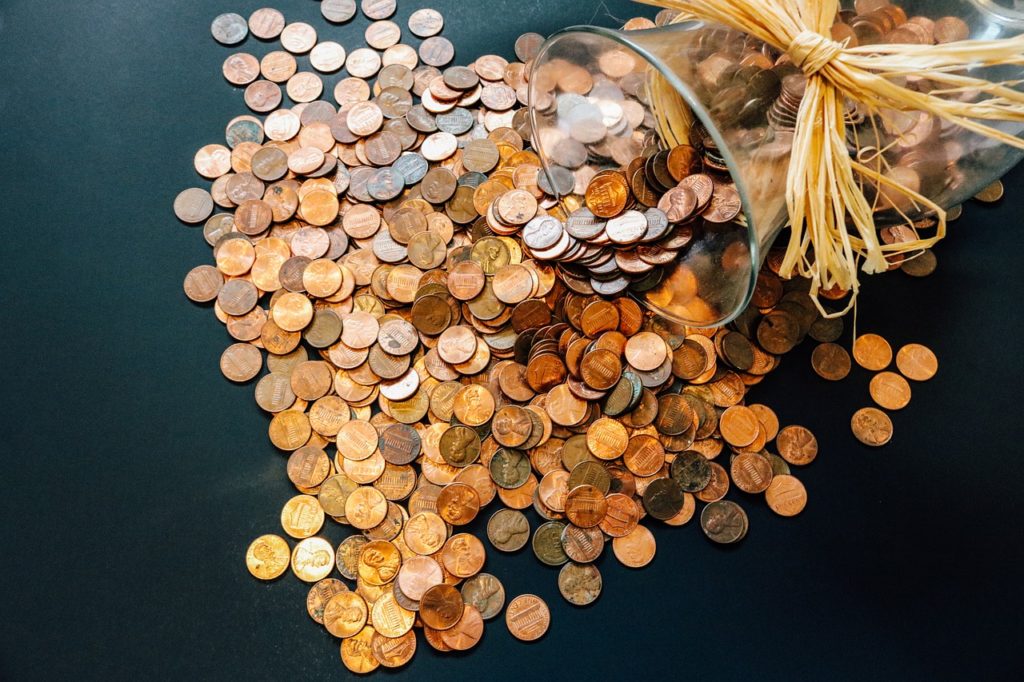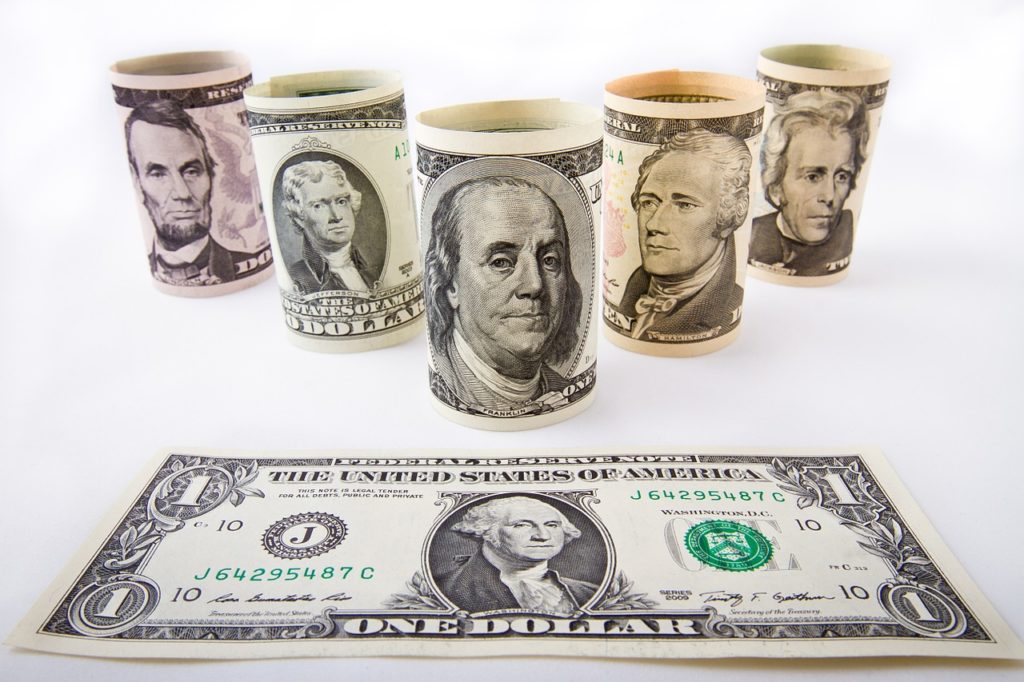History of Payments
As we continue to look at a future of mobile payments and moving ever closer to a cashless society, it helps to understand how we got here. The history of payments has long been an interesting and engaging process to follow, and when you see how we got to where we are today it all starts to make a little more sense.
Back in ‘the day’ humans used bartering rather than cash. We would pay to use our skills and services in exchange for other skills and services. Rather than handing over ten pounds to a cashier, you would offer them your professional services in return.
Then, we moved over towards trading commodities. Animals became a popular source of income, with livestock usually being used as a rather easy way to make a living. X amount of animals would provide you with the chance to make a living on your own. Before long, though, from about 9000BC to 3000BC, we moved to the Shekel.
Shekels were used as a measurement of the weight of grain. This was the money of the time before the development of silver, copper and bronze created yet another kind of currency again. The rival to the Shekel was shell money which was used in China. They become currency as the massive volume of cowrie shells made it easy to create a stockpile.
The Emergence of Metal Money
Metal money became a thing around 1000BC when crude metal became the source of money in China. However, we moved to using more precious metals such as gold and silver in Lydia, or modern day Turkey. They were usually stamped with the photos of great deities of the era, too.
By 118BC, leather was being used as a source of money. 1ft-square pieces of leather were used, and was probably the first kind of bank note. By the year 806, real money was in circulation – paper money. They appeared in China first, and was followed by the struggle to create a balance of production and inflation accordingly. This fell out of normal usage by 1455, for a long period of time.
The ‘Gold Standard’
In 1535, the Wampum came on the scene. This was a string of beads made from white clam shells. This was first used by Native Americans and was declared as a legal tender in 1637. Time moved on and in 1816, we finally introduced the idea of gold. Gold had been part of payment before but by the 1800s it was the primary form of currency.
It allowed avoidance of inflationary costs like money had, and remained a part of the process until 1913 when the Federal Reserve was formed. This established the central back, as well as gold-backed paper notes
We continued to use this kind of money until the 50s, when Credit Cards came on the scene. This was when we started paying or things with invisible cash. American Express and VISA were first on the scene, after the Diners Club – the first credit cards for dining only originally – were a huge success.
The Modern Era of Payments
The 1970s saw the US dollar establish itself as the main world currency. 1994 and beyond has seen the invention of online shopping. One of the first ever online purchases was a pepperoni pizza, with mushrooms, from Pizza Hut.
E-commerce hit the scene in the late 90s, and from then we’ve moved into one of the most powerful industries of all time. With mobile payments being available thanks to a Coca-Cola machine that offered payment via text, this was the beginning of a revolution.
The future of payments is online likely to get more interesting, too, not least the future of mobile payments. As the monetary world continues to change, what do you expect we’ll see?





